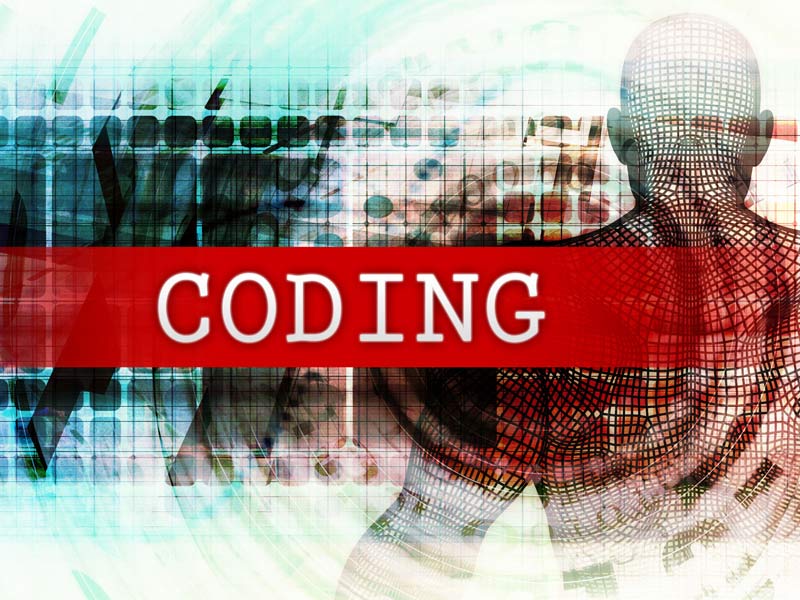FAQ, Webinar Aim to Clarify How to Apply New E/M Guidelines
Register Now for AAFP’s June 22 Live Event
June 16, 2021, 6:15 p.m. Cindy Borgmeyer ― Six months have passed since the 2021 office visit/outpatient evaluation and management guidelines took effect, but many physicians still have questions about how to apply them.

How should time be reported when services overlap, such as when an annual wellness visit is performed in conjunction with an office visit? Do point-of-care labs such as rapid strep, urinalysis or A1c count as data elements when selecting the level of service using medical decision-making?
Good news: A detailed FAQ and upcoming webinar from the AAFP promise to provide answers to these and other important coding-related questions.
“The new guidelines represent the first major changes to office visit/outpatient E/M services reporting in more than 20 years,” said Erin Solis, AAFP manager of practice and payment. “In light of that and the fact that office visit E/M services are the ‘bread and butter’ of family medicine practices, the AAFP is committed to providing members the information they need to implement the guidelines appropriately so they receive accurate payment.”
The new FAQ, which is available only to AAFP members, can be downloaded from the AAFP’s Coding for Evaluation & Management Services webpage and includes general questions about the new E/M guidance, such as whether CMS’ 1995 or 1997 E/M documentation guidelines can still be used to report E/M services.
(Spoiler alert: The answer is a qualified “yes,” but only for E/M categories other than office/outpatient services [CPT codes 99205-99215]. All such office visit/outpatient E/M services must be reported using the 2021 CPT documentation guidelines).
Several questions that focus on the two methods used to select the level of service for a given office or outpatient visit ― time and medical decision-making ― are also answered in the FAQ.
One question, for example, asks for a detailed breakdown of what is included ― and not included ― in “total time.” That same section painstakingly outlines which add-on codes should be used to report prolonged services, including the time thresholds that must be exceeded for each code billed.
Among queries addressed in the medical decision-making section of the FAQ is how the physician should treat materials contained in an external note being reviewed. Does each test or progress note count as a separate data element toward MDM? With this new AAFP resource, you’ll have the answers to these and other questions at your fingertips.
Finally, if you have your own questions to pose on the topic, you’ll have a chance to do that during an upcoming Academy webinar, “Demystifying the 2021 Office Visit E/M Guidelines.” Tune in on June 22 at noon CDT to hear from Terry Fletcher, CPC, a health care coding and billing consultant with more than 30 years of experience in the field. (Editor's Note: A recorded version of the webinar is now available for viewing by AAFP members only.)
In addition to holding multiple certifications in coding, Fletcher is a CPT and ICD10-CM coding, billing and reimbursement educator for McVey Seminars, AAPC, the American Health Information Management Association and various other educational institutions. During the webinar, she will
- walk participants through the changes contained in the 2021 E/M documentation and coding guidelines;
- review technical corrections CMS has made to the guidelines since their implementation;
- explain how to address items billed separately, labs, time overlap and prolonged services; and
- offer various documentation tips.
“Given that these new guidelines are intended to reduce the burden of documentation our members face every day in practice, the Academy will continue to focus on helping practices understand them and how they should be applied,” said Solis.